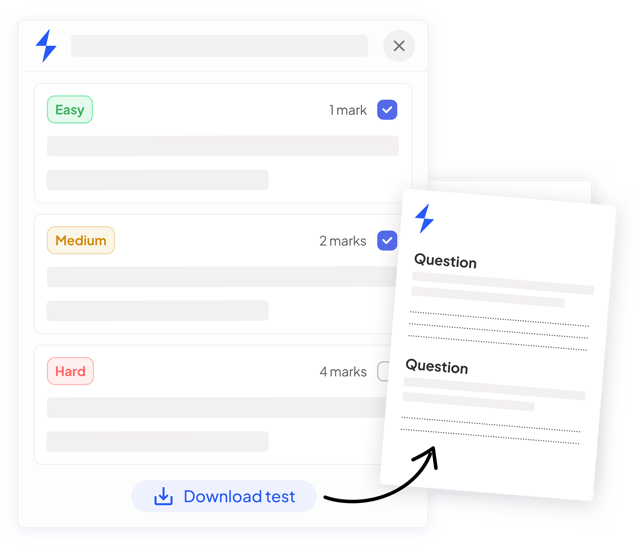Photosynthesis: Overview (Edexcel International A Level (IAL) Biology): Revision Note
Exam code: YBI11
Photosynthesis: Overview
Photosynthesis is a series of chemical reactions that occurs in producers such as plants and algae
Producers are also known as autotrophs; organisms that make their own organic compounds
Photosynthesis converts light energy into chemical energy which is then stored in the biomass of producers
The light energy is used to split strong bonds in water molecules (H2O), releasing hydrogen and oxygen
Oxygen is released into the atmosphere as a waste product
Hydrogen is combined with carbon dioxide to produce glucose
Chemical energy is stored within the bonds in glucose molecules; glucose can therefore function as a fuel for respiration
It can be said that hydrogen is stored in glucose molecules



Photosynthesis requires energy from light to split water molecules. The resulting hydrogen combines with carbon dioxide and is stored in glucose, which fuels respiration. Oxygen is released as a waste product.
Ready to test your students on this topic?
- Create exam-aligned tests in minutes
- Differentiate easily with tiered difficulty
- Trusted for all assessment types

Did this page help you?